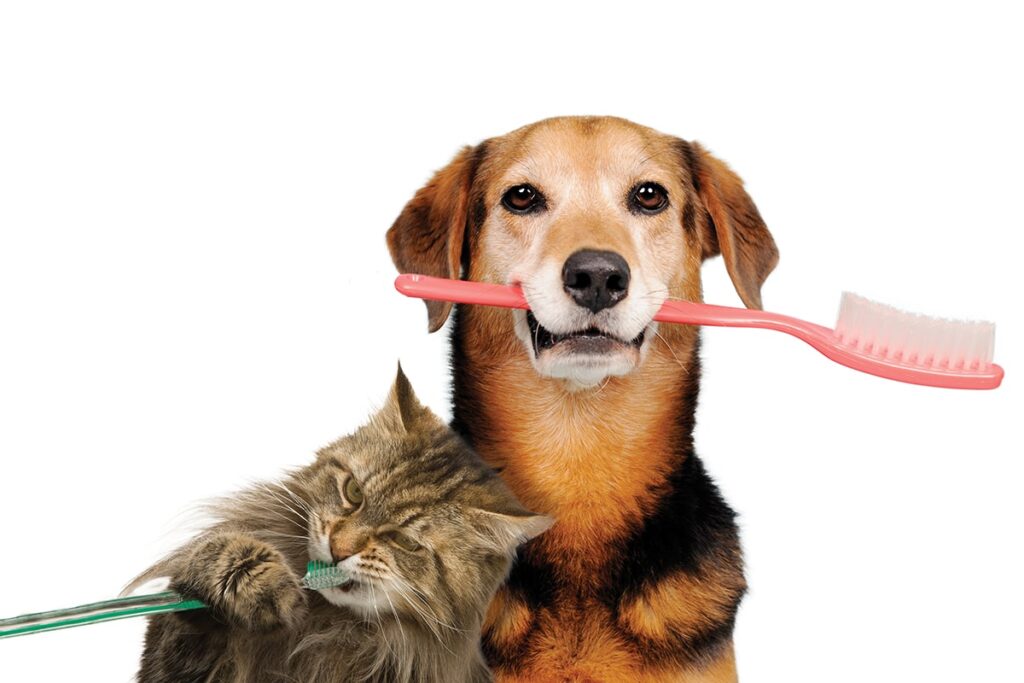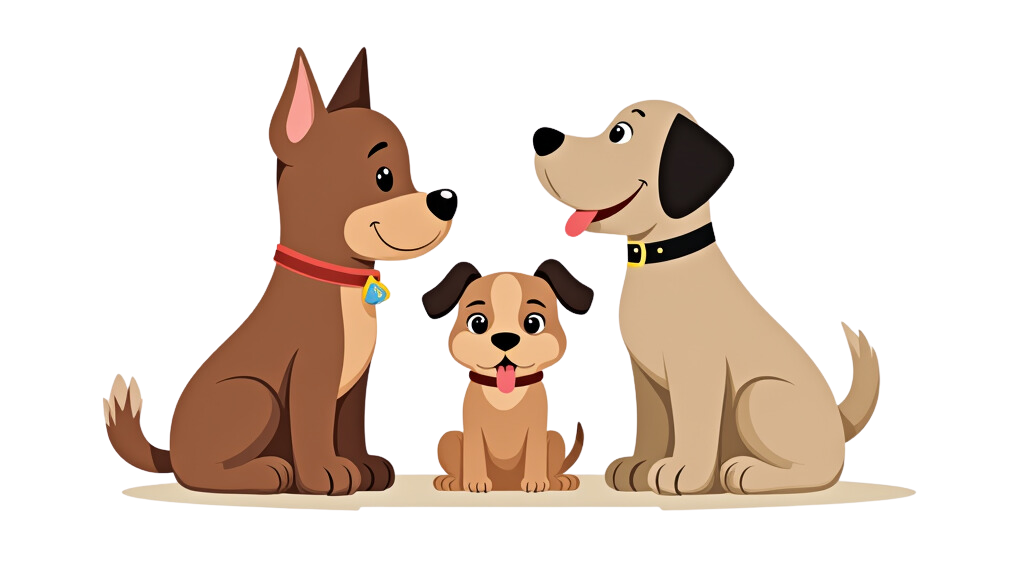How the Pandemic Changed Life for Pets (and Their Humans)
The COVID-19 pandemic threw all of us into a world of uncertainty—and our pets were right there with us, wondering why we were suddenly home 24/7, invading their nap time. While some pets thrived on the extra attention (looking at you, dogs), others, particularly cats, seemed mildly annoyed by the constant presence of their humans.
But beyond the change in routines, the pandemic has affected pet health, behavior, and daily life in ways we might not have anticipated. Whether your pet is still enjoying the extra time with you or is struggling with post-pandemic transitions, here’s how to ensure they stay happy, healthy, and stress-free.

1. Keep a Routine (Because Pets Love Predictability)
Imagine waking up one day and suddenly, your entire schedule changes—mealtimes shift, exercise becomes inconsistent, and your daily habits disappear. That’s exactly what many pets experienced during the pandemic. And just like humans, pets thrive on routine.
How to Maintain a Stable Routine:
🐾 Consistent Feeding Times – Stick to a regular schedule to give your pet a sense of normalcy.
🐾 Daily Exercise – Dogs need their daily walks, while cats benefit from interactive play sessions.
🐾 Sleep Patterns – Ensure they have a quiet space to rest, especially if you’re working from home.
🚨 Post-Pandemic Adjustment Tip: If you’re heading back to the office, gradually shift your pet’s routine to reflect your new schedule. Sudden changes can cause stress, especially for dogs prone to separation anxiety.

2. Keep Their Minds Busy (Because Bored Pets Get Into Trouble)
With more people at home, pets enjoyed extra attention, but they also became more dependent on us for stimulation. As things return to normal, they may struggle with boredom.
Ways to Keep Your Pet Mentally Stimulated:
🧩 Puzzle Toys – Use treat-dispensing toys to challenge their minds.
🎾 Training Sessions – Teach new tricks or reinforce commands to keep dogs engaged.
🐾 Scent Games – Hide treats around the house for them to find.
🚨 Post-Pandemic Adjustment Tip: If you’re busier than before, leave a rotating selection of toys to keep your pet entertained while you’re out.

3. Ensure Regular Exercise (Yes, Even for Cats!)
Staying active isn’t just good for humans—it’s essential for our pets too. While dogs need their daily walks, even indoor cats require movement to stay fit.
Exercise Tips for Pets:
🐕 For Dogs: Daily walks, fetch, agility exercises, and backyard play.
🐱 For Cats: Feather toys, laser pointers, and vertical spaces like cat trees for climbing.
🚨 Post-Pandemic Adjustment Tip: If your dog got used to longer walks while you worked from home, they might resist going back to shorter walks. Try gradually reducing the time spent outside rather than making an abrupt change.

4. Maintain Hygiene & Cleanliness (Because We Learned a Lot About Germs)
Though pets are not known to spread COVID-19, good hygiene is always important.
How to Keep Your Pet and Their Environment Clean:
🛁 Regular Grooming: Brush and bathe as needed, especially for long-haired pets.
🧼 Sanitize Pet Items: Clean food bowls, beds, and toys regularly.
🚰 Fresh Water: Always provide clean drinking water, especially during warmer months.
🚨 Post-Pandemic Adjustment Tip: If your pet developed a fear of baths because you suddenly started giving them more during lockdown, slowly reintroduce the process with positive reinforcement.

5. Keep Up With Vet Care (Because Their Health Matters Too!)
During the pandemic, many non-urgent vet visits were postponed. But regular check-ups are crucial for long-term pet health.
How to Stay on Top of Vet Care:
✔ Schedule Check-Ups: Ensure vaccinations and preventative treatments are up to date.
✔ Monitor Weight & Diet: Many pets gained weight during lockdown due to extra treats and reduced exercise.
✔ Consider Telehealth: Some vets now offer virtual consultations for minor concerns.
🚨 Post-Pandemic Adjustment Tip: If your pet developed anxiety about vet visits, try short, positive trips to the clinic just for treats and socialization.

6. Manage Social Interactions (Because Not All Pets Are Ready for Normal Life)
Some pets loved social distancing and are now struggling with crowded environments, while others miss the constant attention they received.
How to Reintroduce Socialization:
🐾 For Shy Pets: Start slow. Introduce new people and other pets gradually.
🐾 For Social Pets: If they miss their dog park friends, ease them back into group play.
🐾 For Nervous Pets: Use calming aids like pheromone sprays or anxiety wraps.
🚨 Post-Pandemic Adjustment Tip: If your dog developed reactivity due to reduced socialization during the pandemic, work with a professional trainer to help them adjust.

7. Watch for Behavioral Changes (Because Pets Pick Up on Our Stress)
Many pets became more attached to their owners during lockdown. If you’ve noticed changes in their behavior, it could be a response to stress, loneliness, or routine shifts.
Signs Your Pet Might Be Stressed:
🚩 Increased barking, whining, or meowing.
🚩 Changes in appetite or energy levels.
🚩 Destructive behavior (chewing, scratching furniture, etc.).
🚩 Litter box issues (for cats).
🚨 Post-Pandemic Adjustment Tip: If your pet is struggling with changes, try gradual desensitization—leave the house for short periods and slowly increase the time you’re away.

8. Prepare for Future Changes (Because Life Is Always Unpredictable)
If the pandemic taught us anything, it’s that life can change quickly. Preparing your pet for different scenarios can help reduce stress for both of you.
How to Future-Proof Your Pet’s Routine:
✔ Practice Alone Time: Help them adjust to spending more time alone.
✔ Stock Up on Essentials: Keep extra food and medications on hand.
✔ Train for Flexibility: Expose them to different environments, people, and experiences.
🚨 Post-Pandemic Adjustment Tip: If you adopted a pandemic puppy or kitten, they may not be used to being alone. Gradual training can help ease separation anxiety.

Final Thoughts: Helping Pets Thrive in a Post-Pandemic World
The pandemic brought both challenges and opportunities for pet owners. While many pets enjoyed extra bonding time, others struggled with routine disruptions and lifestyle changes.
By maintaining consistency, providing enrichment, and preparing for future adjustments, you can help your pet thrive—no matter what life throws your way.🐾 How has your pet adjusted to the pandemic? Have you faced any challenges or noticed any changes? Share your experiences in the comments below!

